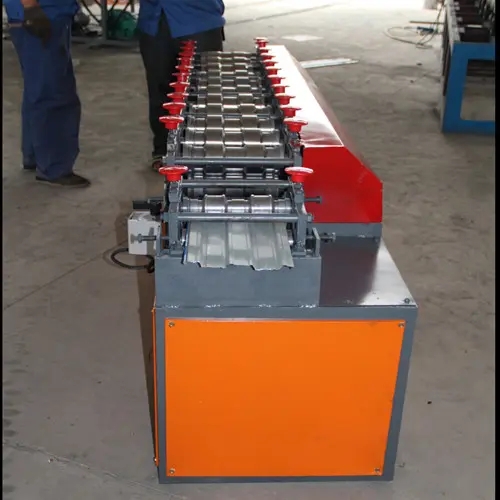
Understanding the Coil Metal Cut to Length Line
In the metal fabrication industry, efficiency and precision play critical roles in meeting production demands and maintaining product quality. One of the key processes that facilitate these objectives is the coil metal cut to length line. This technology allows manufacturers to optimize the processing of metal coils, transforming them into manageable lengths for further applications in various manufacturing sectors.
A coil metal cut to length line primarily consists of several stages, including unwinding, leveling, cutting, and stacking. The process begins with the unwinding of the metal coil, where the coil is securely mounted on a stand. As the coil unwinds, it is fed into a leveling machine designed to eliminate any internal stresses and flatten the metal to ensure uniformity. Proper flattening is crucial because any residual coil tension can lead to warping or inconsistent cuts.
Once the metal is leveled, the next crucial step is cutting it to the desired lengths. This is typically accomplished using high-speed shears or saws that can be precisely programmed to meet specific length requirements. The accuracy of this process is vital because any deviation from the specified size can result in material waste and increased costs. Advanced systems may even incorporate laser technology to enhance cutting precision and reduce scrap material.

After cutting, the metal strips are then stacked or bundled for easy handling and transportation. Automatic stacking systems can be integrated into the line to ensure efficient operations, minimizing labor costs and the potential for human error. The stacked materials can then be shipped to downstream processes such as machining, welding, or assembly, where they will be transformed into final products.
One of the significant advantages of using a coil metal cut to length line is the increase in productivity. By automating the cutting and leveling processes, manufacturers can significantly reduce production times and increase throughput. This automation also leads to more effective use of raw materials, as the precise cutting minimizes scrap generation.
Moreover, modern cut to length lines are designed with flexibility in mind. They can handle various metal types, including steel, aluminum, and copper, as well as different thicknesses and widths. This versatility allows manufacturers to adapt to changing market demands without having to invest in multiple dedicated systems.
In conclusion, the coil metal cut to length line is an integral component of modern metal processing. It combines the necessity of precision and efficiency, enabling manufacturers to produce high-quality metal products tailored to specific applications. As technology continues to evolve, these systems will likely become even more sophisticated, incorporating smart automation and advanced monitoring systems to further enhance productivity and quality control. With these advancements, industries relying on metal components can remain competitive and responsive to the dynamic market landscape.